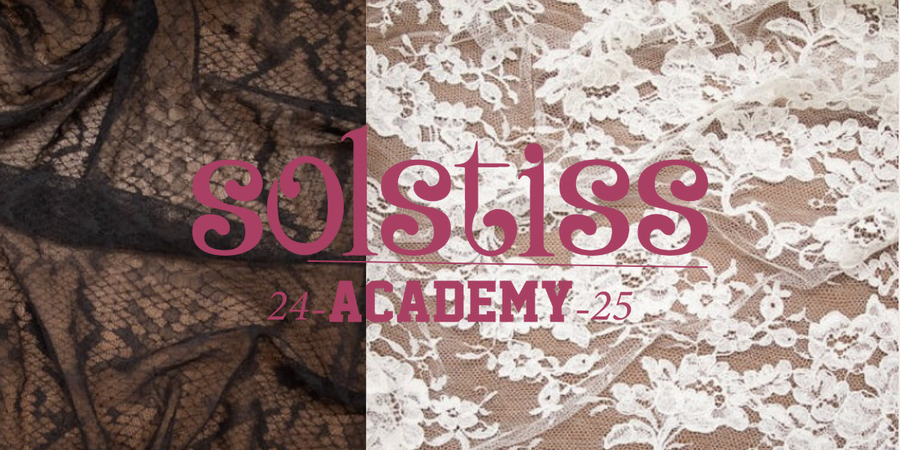
The Solstiss Academy 2024-2025 Winners
We’re thrilled to announce the winners who’ve brought their visions to life with elegance, passion, and a whole lot of style and hard work to compete in our Solstiss Academy.
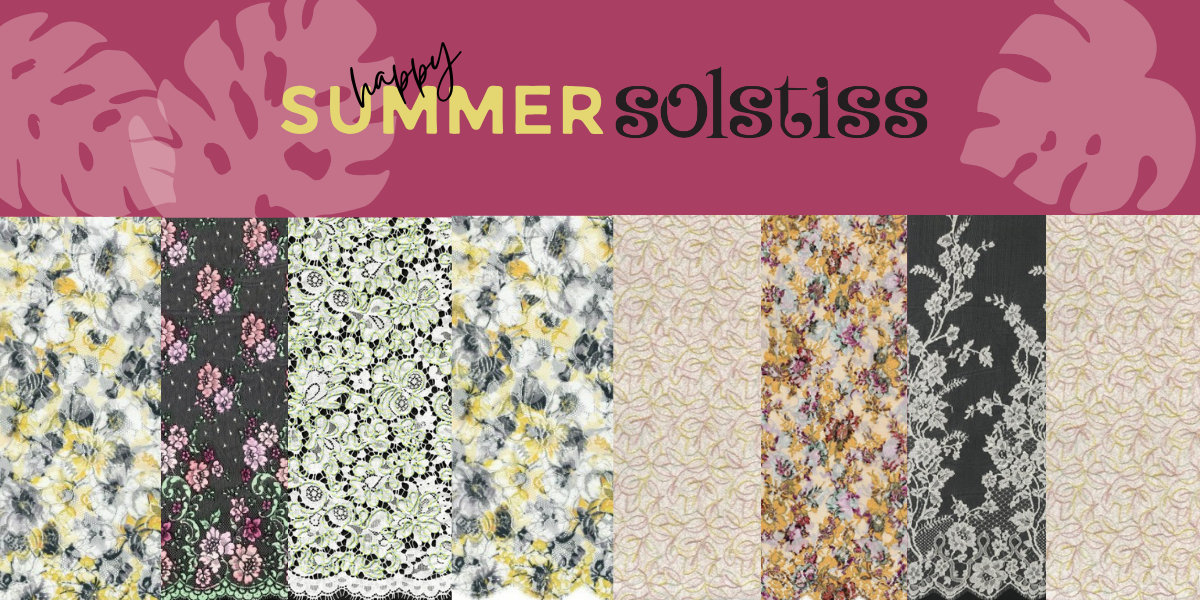
Happy Summer Solstiss! Our Boutique Is Now Open Online.
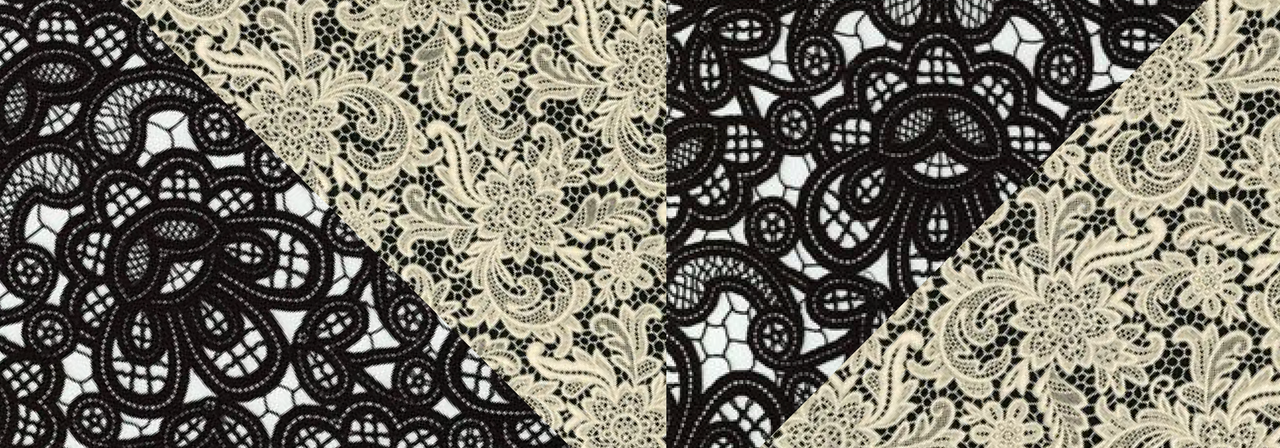
Lace Lesson: Guipure, Textured Relief
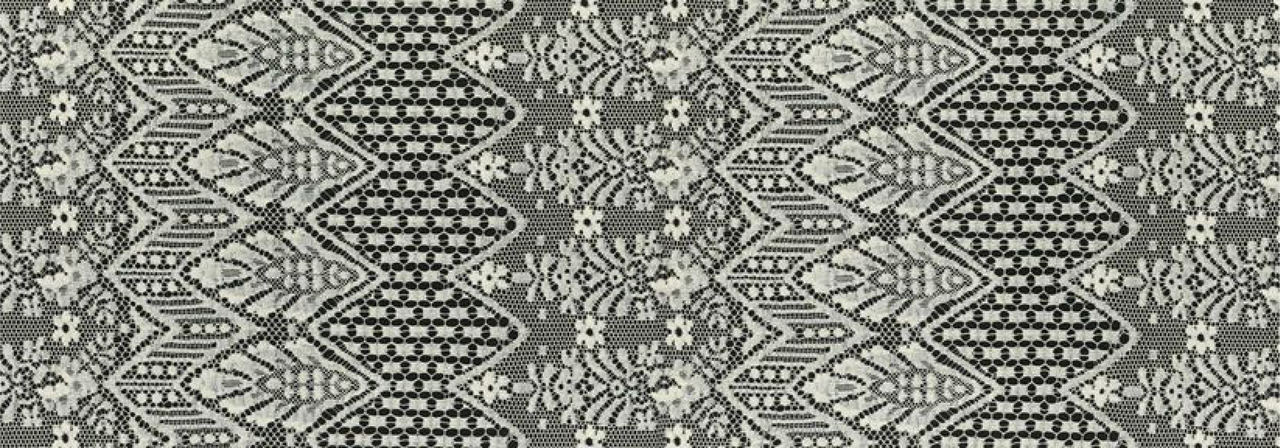
Lace Lesson: Valenciennes, the Ultimate Trim
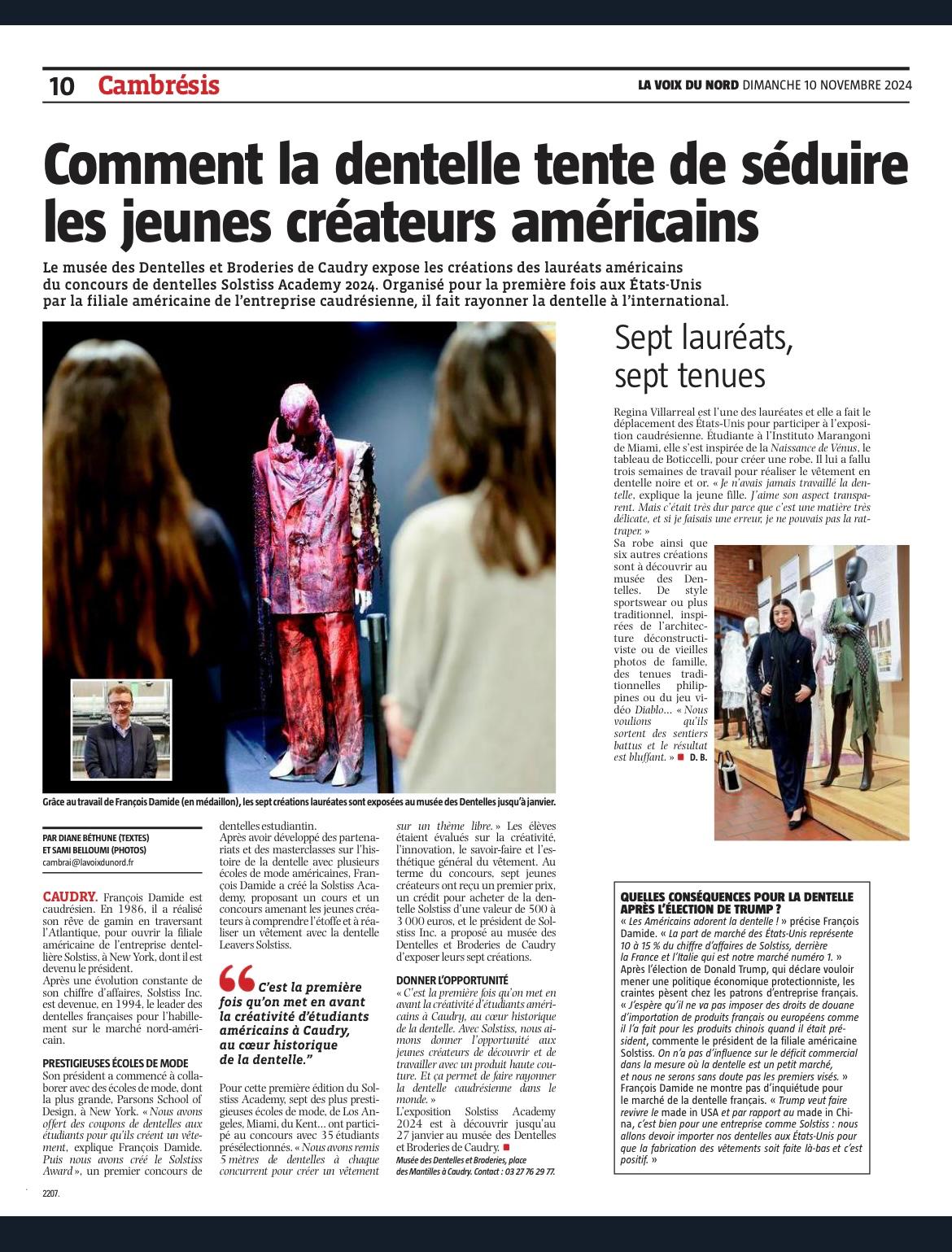
The Solstiss Academy at the Lace & Embroidery Museum of Caudry
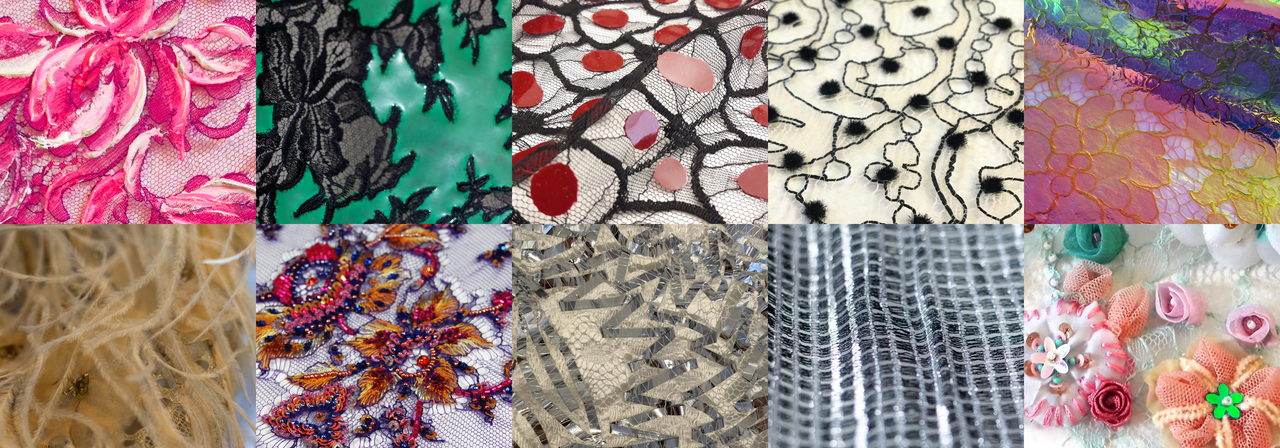
Can It Lace?
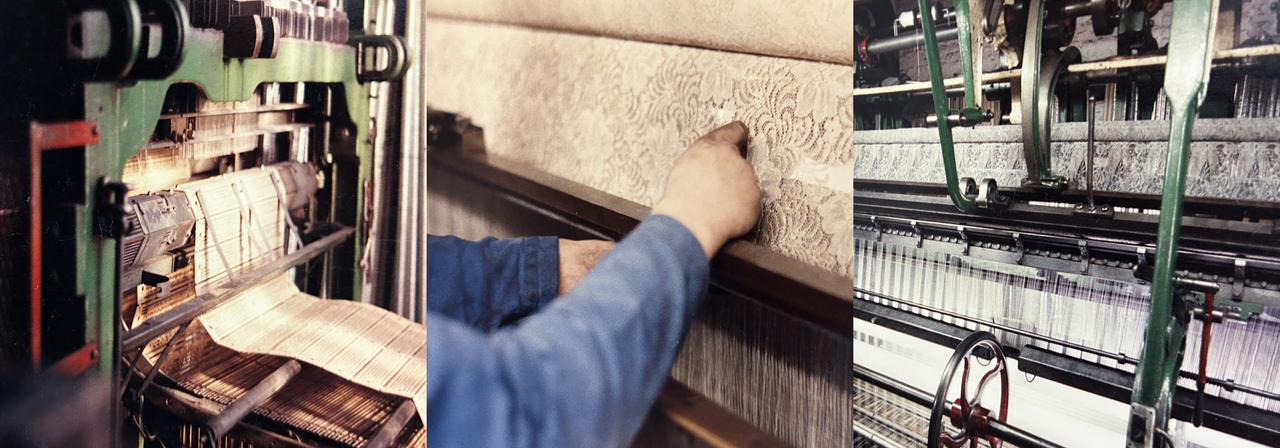
Lace Lesson: Lace in History Part 2
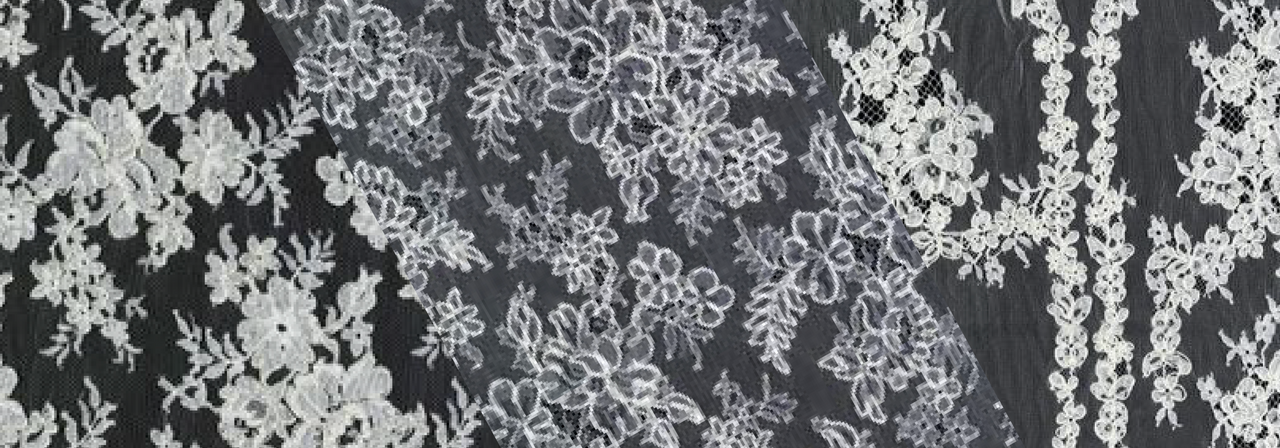
Lace Lesson: Alençon, The Queen of Lace
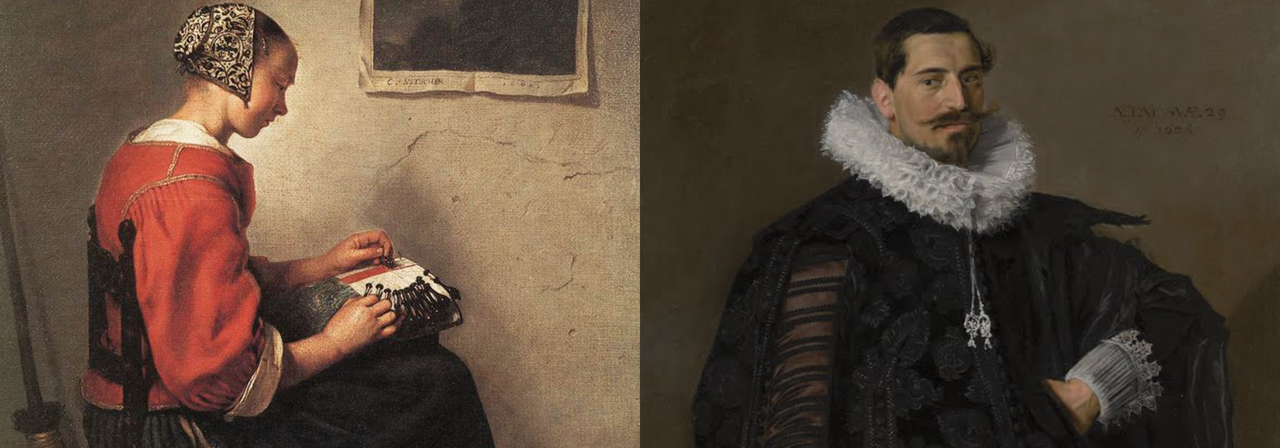
Lace Lesson: Lace in History Part 1
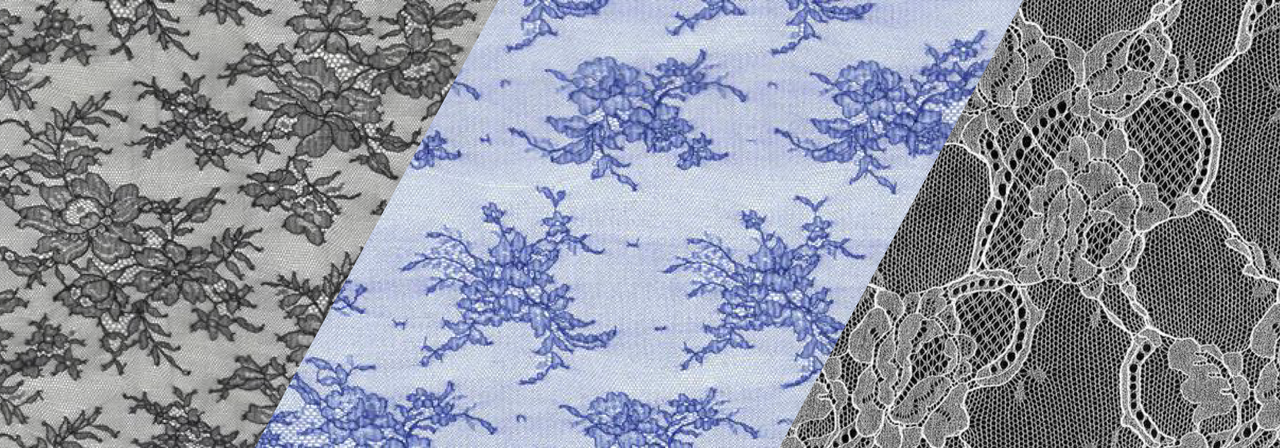
Lace Lesson: Chantilly
Quick links
New Collections
On The Red Carpet
Visit Our Showroom
Solstiss Academy
Nouvelles
FAQ
Return Policy
Terms & Conditions
Privacy Policy
Solstiss Boutique
About us
Leader in French Leavers lace, Solstiss inspires designers worldwide, with a presence in the US since 1986. All made in France for generations, Solstiss fine luxury lace is known for its infinite variety, unique quality and both technical and aesthetic innovations.
